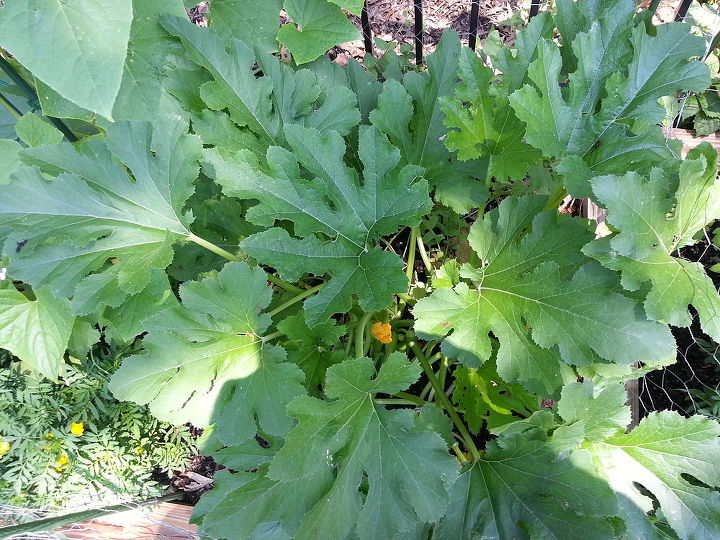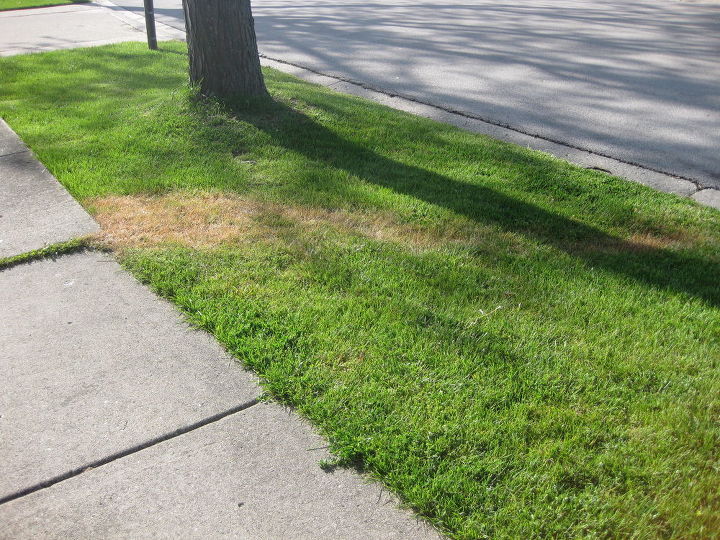Is it a good idea to have hydrangeas in Southwest Florida?

Related Discussions
GNATS - How to get rid of them?
Somehow my house and garden got tiny gnats that killed my fuchsia plant and fly everywhere. I have tried ALL the Web recommendations - soap and oil dishes, sand in th... See more
Marigolds growing! Should I pinch the buds?
My marigold plants are growing. I heard that pinching the buds until Autumn will allow them to grow without killing the plant. Is this true?
Growing garlic
Growing our first garlic, should we wait until the leaves are drying out before we pick it? Husband picked first one today along with our first potatoes.
How to keep mice out of your garden?
Hi everyone, I have mice in my garden destroying my vegetables and I have also noticed them in the barn and shed. Please can someone tell me how to prevent them from ... See more
What's the best flower/plant to grow in Texas?
I know that opinions vary, but what's your opinion?!I have great luck w Rosemary plants. Green all year long.
Squash Plants Large and Healthy and no Squash Growing?
2nd Season in a ROW! Squash plants growing large and healthy leaves and the stems near the roots are looking healthy and turning dark green, getting flowers that grow... See more
Trail of dead grass mystery?
Trail of dead grass appeared two weeks ago that starts in neighbor's yard and goes to the sidewalk, then continues past the sidewalk in a line into the grass into my ... See more





Hydrangeas & Zone 10
Overview
Hydrangeas are shrubby perennial plants best known for their showy blooms. The globe shaped, conical or flat panicles appear in spring and continue on and off through the summer and fall. Different hydrangea species thrive in a variety of climates--in extremely cold winters they can die back to the ground. Plants regrow from the roots when temperatures rise, but gardeners might never see a single bloom on the plants.
Definition/Description
The United States National Arboretum classifies different regions in the United States according to average low winter temperatures. Zone 10 encompasses the southern tip of Florida, parts of Southern California as well as some areas in the Southwest. Miami, Florida, falls in the zone 10 perimeter. It experiences average winter lows ranging from 35 to 40 degrees Fahrenheit. Zone 10 also includes such western locations as Victorville, California, which also experiences average lows between 30 and 35 degrees. Although both Miami and Victorville fall into the zone 10 categories, their climates differ dramatically. Victorville is arid and receives only approximately 6 inches of rain annually. Miami gets over 50 inches of rain yearly and has high humidity most of the year.
Significance
Growing hydrangeas in warm-winter climate areas such as zone 10 means that the plants will not die back to the ground during freezes, as can happen in cold-winter locations. Zone 10 plantings do not suffer from late-season freezes that can kill tender new foliage--as happens in areas such as the Northeast. Milder winters and longer growing seasons allow hydrangea plants to grow larger in a shorter period in zone 10 than in colder regions--given proper care and conditions.
Types
Climbing hydrangeas (Hydrangea anomala) do well in drier and cooler areas of zone 10, as they originate in colder-winter areas that have less humidity. Hydrangea macrophylla, also called mop-top hydrangeas, do well in coastal areas where fog tempers harsh sunlight, such as Southern California coastal areas. Lace-cap hydrangeas need partial to full shade in summer and look good grown under the cover of larger trees.
Specific Needs
Most hydrangea species need filtered sun to shade. Hydrangea paniculata takes more sun. All hydrangeas thrive in humus-rich and moist soil. Low rainfall in the West requires gardeners to water the plants often. Positioning the plants against a north-facing wall or at the bottom of a slope can help keep them from drying out. Hydrangeas do not need pruning in zone 10, but deadheading plants to remove dried flowers can help promote repeat blooming.
Considerations
Hydrangeas need moisture to thrive, so they are not good choices for areas that have water-restriction regulations. Blue-flowering hydrangeas turn pink in alkaline soil--so some gardeners try to make soil more acidic by adding copious amounts of amendments such as aluminum sulfate. Growing a hydrangea in a pot makes it easier and more cost-effective to lower soil pH--turning it acidic to ensure blue blooms.